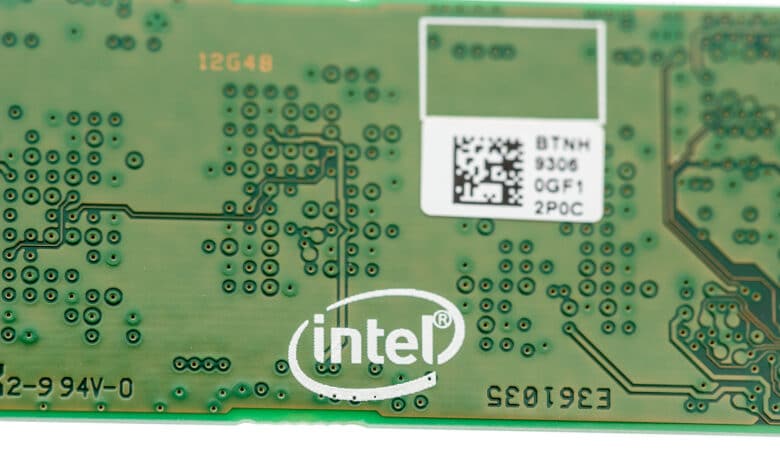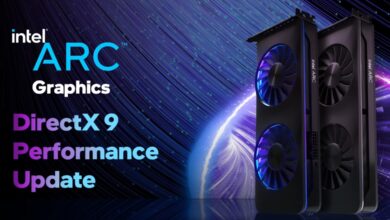
Hardware giant Intel is now officially parting with its flash division. At a price of 9 billion US dollars, the South Korean company SK Hynix is taking over the business around Intel’s 3D NAND products. But the American company is not giving up everything. Intel is keeping the 3D Xpoint division in its own hands.
Bye, Bye Flash division
It seems to be a radical cut, which Intel has initiated with the sale of the business for 3D NAND and SSDs. After all, the company does not do things by halves. SK Hynix is not only taking over Intel’s intellectual property. The entire workforce is also being taken over by the South Koreans. The headquarters of the flash memory division is located in Dalian, China. Intel is to receive payment from South Korea gradually. Both companies have announced that SK Hynix initially plans to pay Hynix almost 7 billion US dollars by the end of next year. The deal is expected to be completed in 2025. Then Intel is to receive the remaining 2 billion US dollars. However, the relevant authorities have yet to give their approval. Until the full amount has been paid, however, Intel still has production rights and intellectual property rights outstanding. The so-called Fab 68 in Dalian, China, has a long tradition in the company’s history. Intel will manufacture mainboard chipsets there until 2015. The semiconductor manufacturer then had it converted for the production of 3D NAND flash products.
3D Xpoint remains with Intel
But Intel is not selling its entire Non-Volatile Memory Solutions Group (NSG). In addition to the flash memory division, this group also includes 3D Xpoint. The focus here is on Optane products. The departure of 3D-NAND was already apparent in October 2018. At that time, Intel parted ways with its long-standing business partner Micron. Together with IMFT, they wanted to shake up the storage media market. They were only partially successful in doing so. Eventually they reached the position of the third largest manufacturer of storage media. However, they did not stand a chance against Samsung and the merger of WD and Toshiba (Flash Forward).

An exemption for Intel
A look at the economic results of the Non-Volatile Memory Solutions Group makes it clear why Intel is moving away from flash memory. The division simply generated too little revenue and instead made unpleasant losses. But it is not only Intel that is doing so. This is quite simply due to the product division. Producing and selling flash memory is a difficult task. You have to show perfect timing, because only high sales figures can ensure a medium-term profit. It remains to be seen if SK Hynix will be happy with its purchase of the 3D NAND memory division. In any case, the South Koreans have experience in the field. After all, they are developing their own flash memory in addition to DRAM.



